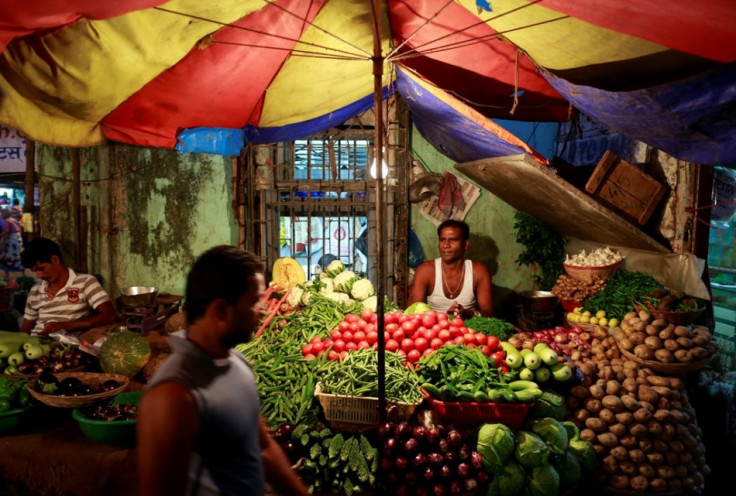Surging Inflation May Force India's Central Bank to Raise Rates

Sharply higher vegetable prices drove India's wholesale price inflation to a 14-month high in November, underpinning expectations the Reserve Bank of India (RBI) would have to raise interest rates again this week.
Inflation measured by the wholesale price index (WPI) climbed 7.52% year-on-year in November, which was the fastest rate of increase since September 2012. WPI recorded a 7% rise in October.
A Reuters' poll of economists forecast an annual headline inflation of 7%.
The WPI numbers followed last week's disappointing consumer price inflation data. Consumer prices rose 11.24% in November, from October's 10.17% - the fastest annual increase on record.
Economists said the RBI would have to raise its benchmark interest rate by another quarter percentage point, to 8% at its policy review on 18 December, to suppress price pressures.
They also said the inflation readings, alongside last week's dismal factory output figures, could adversely impact the value of the Indian rupee.
The rupee finished at 62.12 to the US dollar.
The benchmark S&P BSE Sensex finished 0.27% lower on Monday.
Scotiabank said in a note to clients: "The Reserve Bank of India (RBI) increased the benchmark repo rate by 25 basis points to 7.75% at end-October in order to curb mounting inflationary pressures that reflect rupee depreciation and higher food and energy costs. To counterbalance the impact of the higher repo rate on growth, the RBI simultaneously took other measures to ease liquidity conditions in the banking system."
"The current monetary tightening cycle began in September, and we expect a further small hike to 8.0% to take place this week. Inflation-measured by the wholesale price index-continues to accelerate," the Canadian bank added.
Dariusz Kowalczyk, senior economist ex-Japan Asia, Credit Agricole CIB, Hong Kong, said in a note to clients: "The high print means RBI has to hike rates or lose credibility after it reacted negatively to the CPI data last week. However, the rise in inflation is purely food-price driven."
"Rate hikes will not correct food prices, the hawkish intention is a mistake, in our view, and will lead to slower growth, which will also pressure the INR. INR assets should fall across the board after the print. We remain highly negative on the INR and see 72 at the end of calendar '14," Kowalczyk added.
RBI Governor Raghuram Rajan said last week that in an environment of high inflation and low growth - which analysts said resembled stagflation - the central bank would have to make trade-offs as it cautiously adjusted monetary policy.
Government data last week showed that industrial output in Asia's third-largest economy shrank 1.8% on an annual basis in October.
© Copyright IBTimes 2024. All rights reserved.






